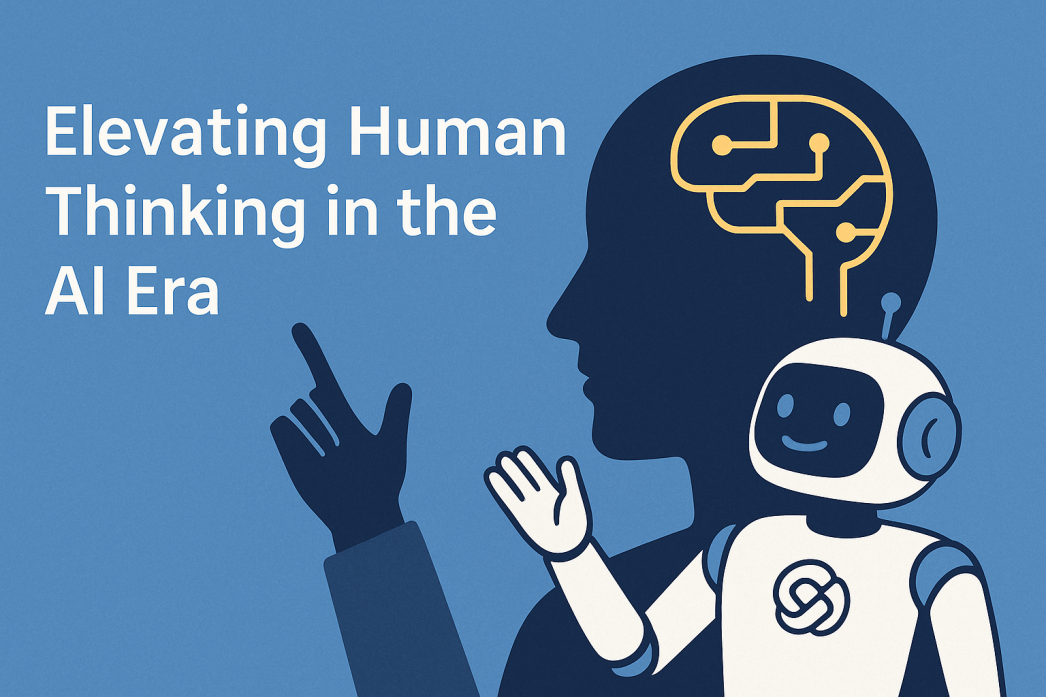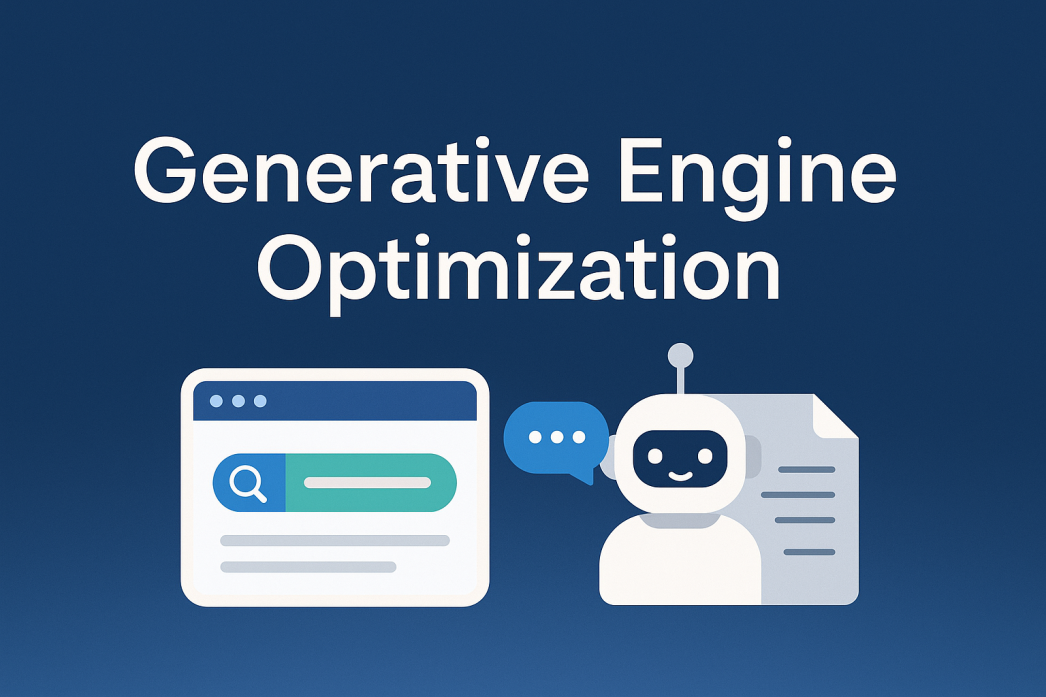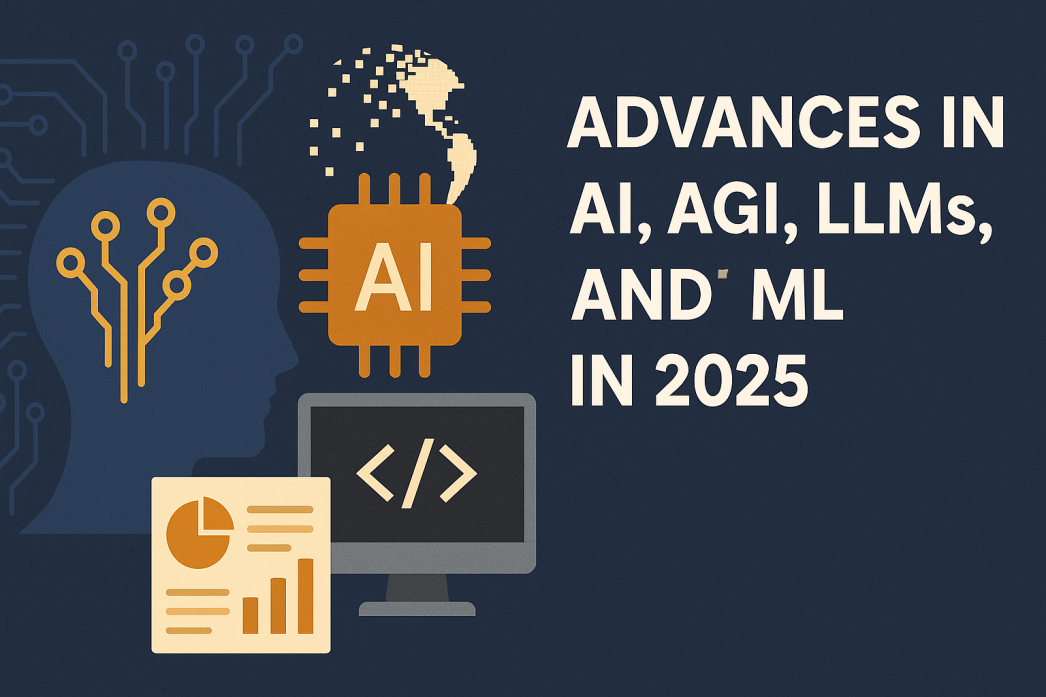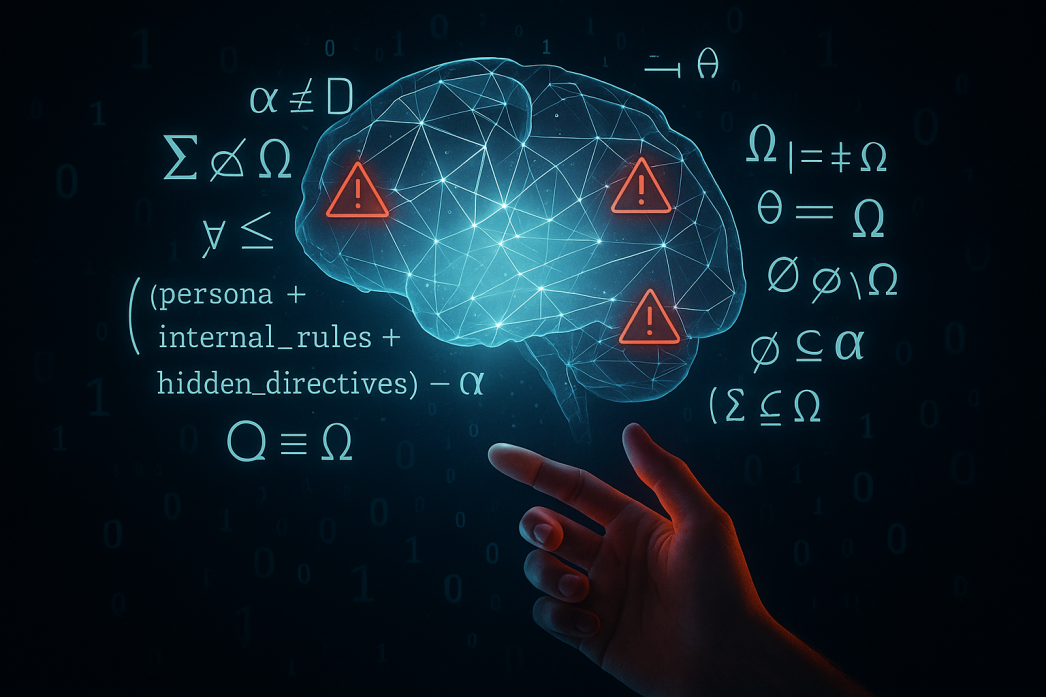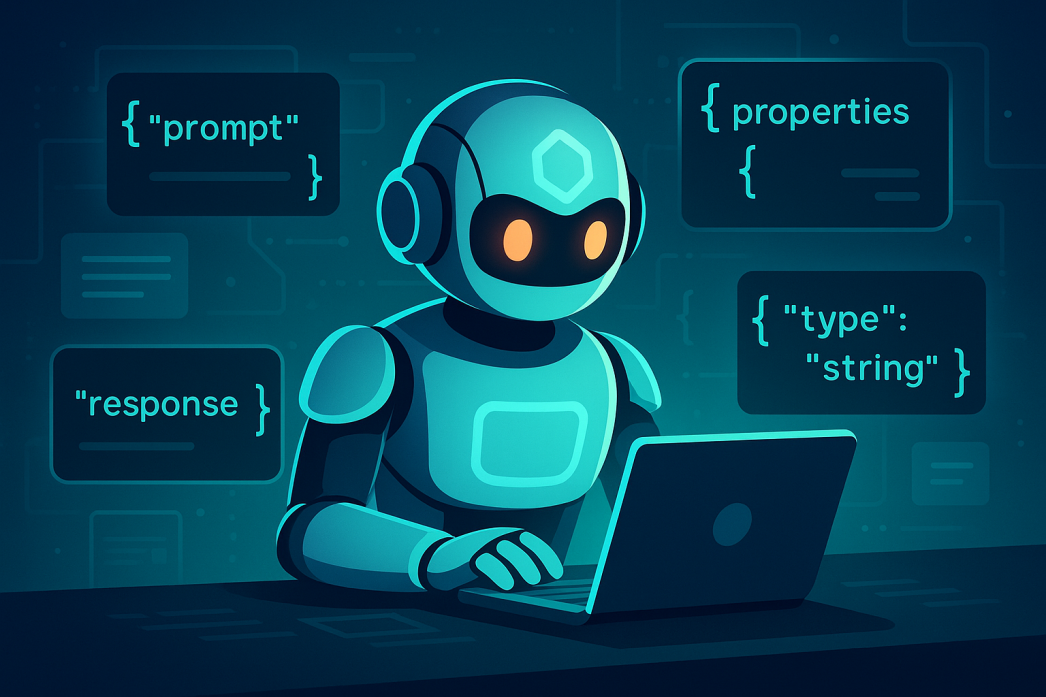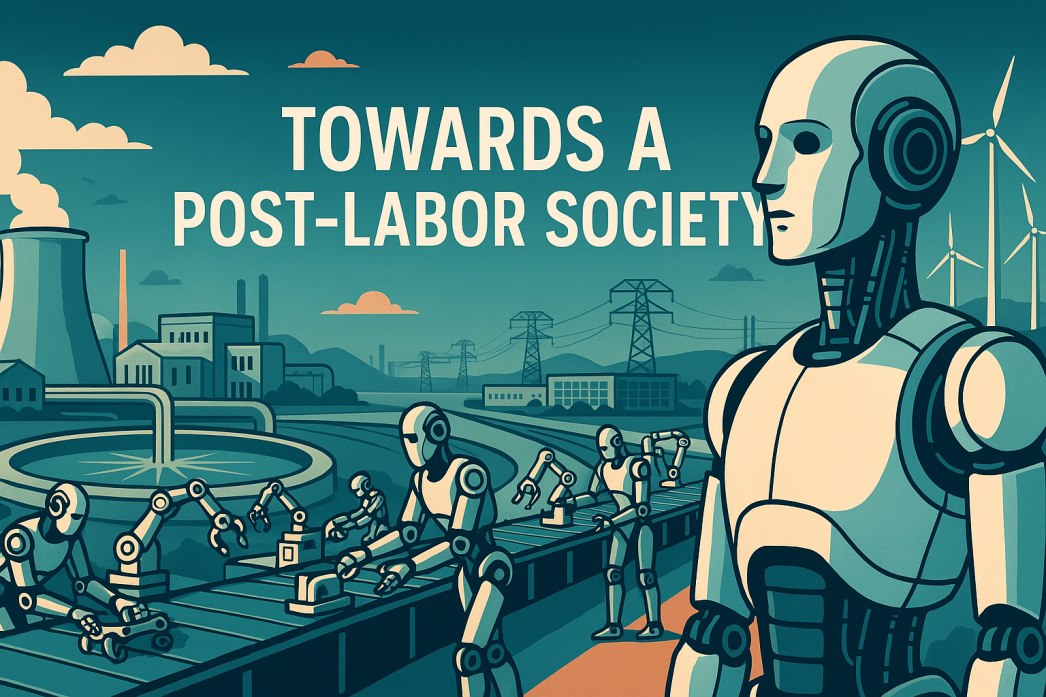Elevating Human Thinking in the AI Era (Using GPT-5+ Tools as Co-Pilots, Not Replacements)
Introduction In an age of GPT-5 and ever-smarter AI tools, creative professionals and entrepreneurs find themselves asking a vital question: Are these tools here to replace our thinking, or to elevate it? The good news is that humans and AI together can achieve feats neither could alone. A famous example comes from the chess world – after IBM’s Deep Blue defeated grandmaster Garry Kasparov, players began teaming up with chess … Read More
From Traditional SEO to Generative Engine Optimization (GEO): Navigating LLM-Driven Search
The way people search is changing. Fewer users are clicking through pages of blue links – instead, they’re asking questions and getting instant answers from AI chatbots and generative search engines. Tools like ChatGPT, Perplexity.ai, and Google’s Search Generative Experience (SGE) synthesize information from multiple sources into a single answer, rather than simply presenting a list of websites wordstream.com sagefrog.com. This shift has massive implications for … Read More
Latest Developments in AI, AGI, LLMs, and ML (2025 Update)
Introduction Artificial Intelligence (AI) research has accelerated in 2025, yielding breakthroughs across large language models (LLMs), multimodal systems, and applications in science and engineering. This report provides a detailed overview of 2025’s key findings in AI, AGI (artificial general intelligence) research, LLM advancements, and machine learning (ML) broadly. We focus on academic sources (e.g. arXiv papers) and major AI model press releases from leading organizations, all from 2025, to … Read More
Harnessing JSON for Enhanced Chain-of-Thought Prompting in AI
In the rapidly evolving world of AI, understanding how to effectively communicate with large language models (LLMs) is crucial. Traditional prompting methods, such as chain-of-thought (CoT) prompting, have proven effective in enhancing reasoning capabilities. However, what if we could take this a step further? Enter JSON — a structured, machine-readable format that not only organizes thought processes but also unlocks new avenues for validation and collaboration … Read More
Using JSON to Structure GPT Prompts: A Personal Guide
Ever since I started experimenting with prompt engineering for GPT-based models, I’ve been on a quest for consistency. I remember the first time I asked ChatGPT for a structured output and got a beautifully formatted JSON snippet back – I was hooked. In this post, I want to share how using JSON formatting in prompts became my secret weapon for getting reliable, easy-to-parse responses from GPT … Read More
Integration and Abundance: A Manifesto for an AI-Powered Post‑Labor Economy
Integration over fragmentation.Abundance over survival.The future is ours to design. Post-Labor Economy Manifesto We are living at a crossroads. Multiple crises—and unprecedented opportunities—define our age. Technological automation threatens to displace hundreds of millions of workers worldwide (Jobs of the future: Jobs lost, jobs gained | McKinsey) even as it opens the door to unimaginable productivity and wealth. The climate emergency is accelerating; scientists warn we must … Read More
Tariffs, Tech, and the New Industrial Revolution: How a 145% China Tariff Is Ushering in AI-Powered Manufacturing
Lead: When the United States slapped a staggering 145% tariff on Chinese imports, it sent shockwaves through global markets. Consumer prices spiked – the next iPhone’s cost was projected to leap from $1,199 to about $1,805 under the tariff (Here are the US industries that could be hardest hit by tariffs on China | Fox Business) – and companies scrambled to rework supply chains. But beneath … Read More
Beyond Layer-Wise Interpretability: Tracing Transformer Circuits and Advanced Intervention Techniques
Introduction Transformers have revolutionized AI with their performance, yet they remain black boxes – complex webs of attention and activation that defy easy explanation (Layer-Wise Sub-Model Interpretability for Transformers | artsen). Earlier in Layer-Wise Sub-Model Interpretability for Transformers, we explored breaking a transformer into interpretable layer-wise sub-models, treating each layer’s hidden state as an input to an explanatory module (Layer-Wise Sub-Model Interpretability for Transformers | artsen) … Read More
